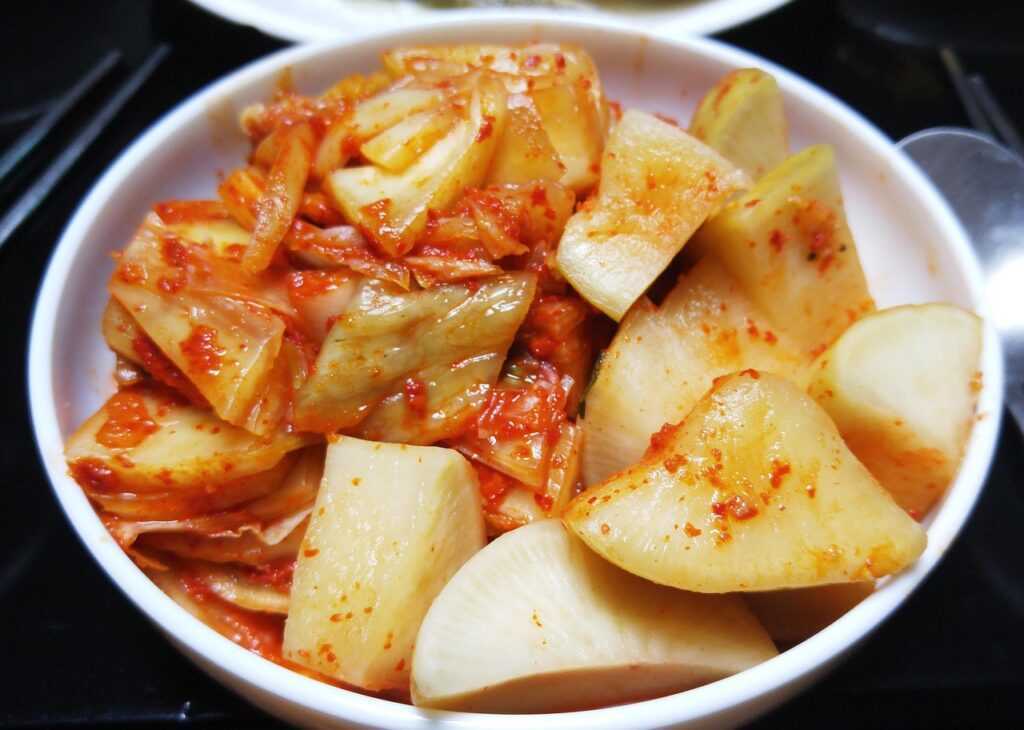When we think of fermentation, we usually think of kombucha and kimchi. But people everywhere ferment many different foods. Each one has its own tradition and health benefits. Before you dive into the world of fermented food, check out the latest online casino games for a chance to win with the daily free spins.
Chicha: A drink born from community
Chicha is a drink made from corn. People in the Andes have shared it at festivals for a long time. The way it is made has changed a little, but the corn and fermentation process stay the same.
Nattō: Japan’s sticky superfood
Nattō looks strange. It is sticky and smells strong. In Japan, many people eat it. It has vitamin K2 for strong bones and an enzyme that helps the heart. People often eat it with rice, and it makes a healthy breakfast.
Ogi: A breakfast with African roots
West Africa has a food called ogi. Ogi is a soft porridge made from maize, millet, or sorghum. First, they soak the grains. Then they grind them and let them ferment before cooking. It tastes a little sour but is easy to digest.
Kvass: A taste from Eastern Europe
Kvass is a drink from Eastern Europe. It is made by fermenting rye bread. The taste is sour but light. It has very little alcohol and many good bacteria. People in Russia and Ukraine drank it often in the past. Now, it is becoming popular again as a healthy drink.
Togwa: A Tanzanian refreshment
Togwa is a Tanzanian drink made from fermented grains such as millet or sorghum. Sometimes people add sweet potato or maize. Togwa is slightly sour and refreshing. It gives energy, helps digestion, and is healthy and cheap.
Surströmming: Not for the faint-hearted
Sweden’s surströmming is a fermented fish with a strong smell. Many avoid it, but locals love it. A good side to surströmming is usually potatoes and onions with a slice of bread. You get the proteins and the healthy fats your body needs.
Pulque: Mexico’s ancient elixir
Pulque is a drink made from agave sap in Mexico. It is milky and a little sour. Long ago, only priests and nobles drank it. Now, anyone can enjoy it in special bars. Pulque has probiotics that help the stomach. It is both a drink of tradition and health.
Idli and dosa: South India’s fermented staples
In South India, people soak rice and lentils overnight. They turn soft and a bit sour. The batter makes idlis or dosa. Fermentation makes food easier to digest and helps your body absorb nutrients faster.
Chhurpi: A cheese that lasts forever
In the Himalayas, people make chhurpi by letting yak milk ferment. There is soft chhurpi and very hard chhurpi. The hard kind can last for years. People chew it like candy. Chhurpi has a lot of protein and helps people stay strong in the mountains. It shows how fermentation helps people survive.
Why these foods matter today
Many modern diets are low in fiber and variety. People often take pills for health. Fermented foods have nutrients and good bacteria that pills can’t give. Eating different fermented foods keeps you healthy and lets you try new flavors.
Trying rare fermented foods at home
Some of these foods are hard to find. But you can try them at home. Nattō can be bought frozen. Kvass can be made from old bread. Ogi needs only grains and water. Trying these foods lets us taste new cultures and enjoy healthy foods in different ways.
The cultural side of fermentation
Fermentation is more than health. It is about culture and tradition. When people drink pulque in Mexico or togwa in Tanzania, they share a community. As you have noticed, each culture has its own way of fermenting food, which in fact keeps the traditions and cultures alive.

 Carolyna Riteralo is a passionate contributor to the project, focusing on sustainable urban development. With her background in architecture and urban planning, she provides valuable perspectives on integrating green spaces and eco-friendly designs into urban environments. Carolyna works collaboratively with the team to implement strategies that enhance community well-being and foster a connection with nature. Her dedication to creating greener cities makes her a vital member of the project, as she helps shape initiatives that promote resilience and improve the quality of urban life.
Carolyna Riteralo is a passionate contributor to the project, focusing on sustainable urban development. With her background in architecture and urban planning, she provides valuable perspectives on integrating green spaces and eco-friendly designs into urban environments. Carolyna works collaboratively with the team to implement strategies that enhance community well-being and foster a connection with nature. Her dedication to creating greener cities makes her a vital member of the project, as she helps shape initiatives that promote resilience and improve the quality of urban life.